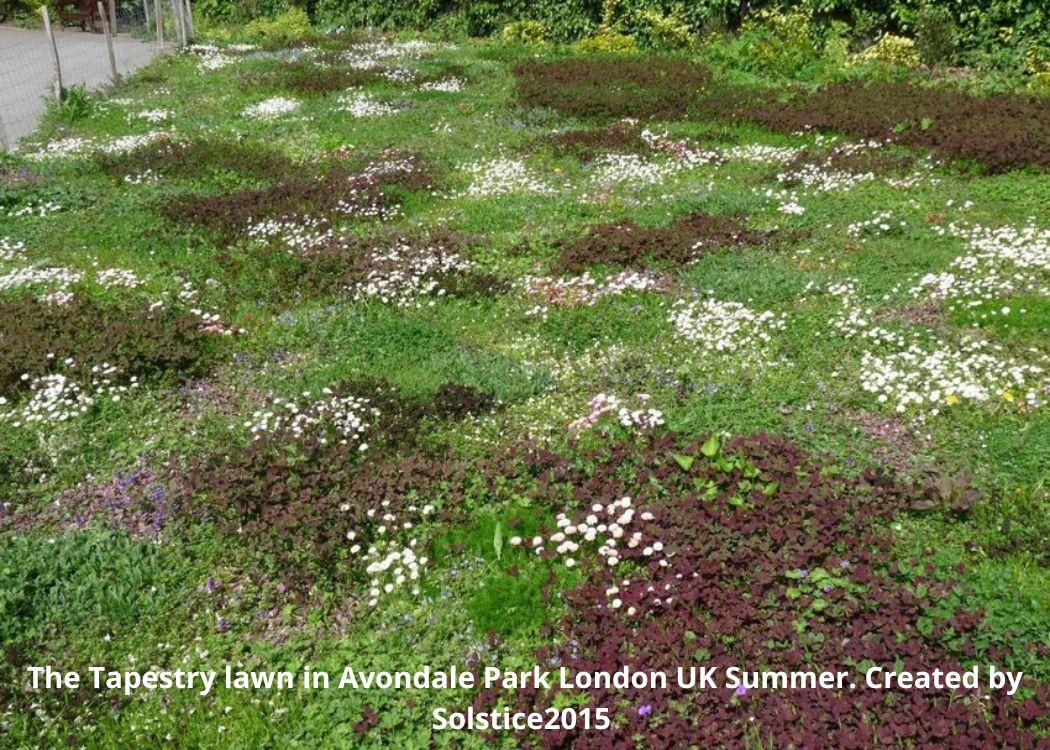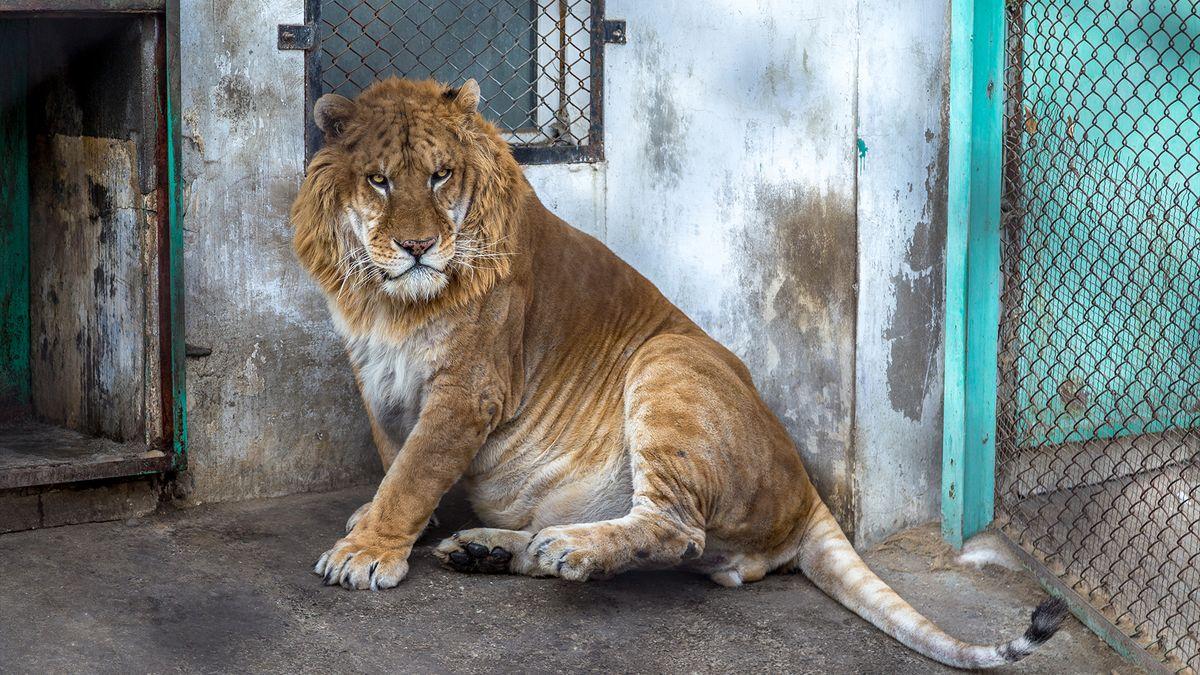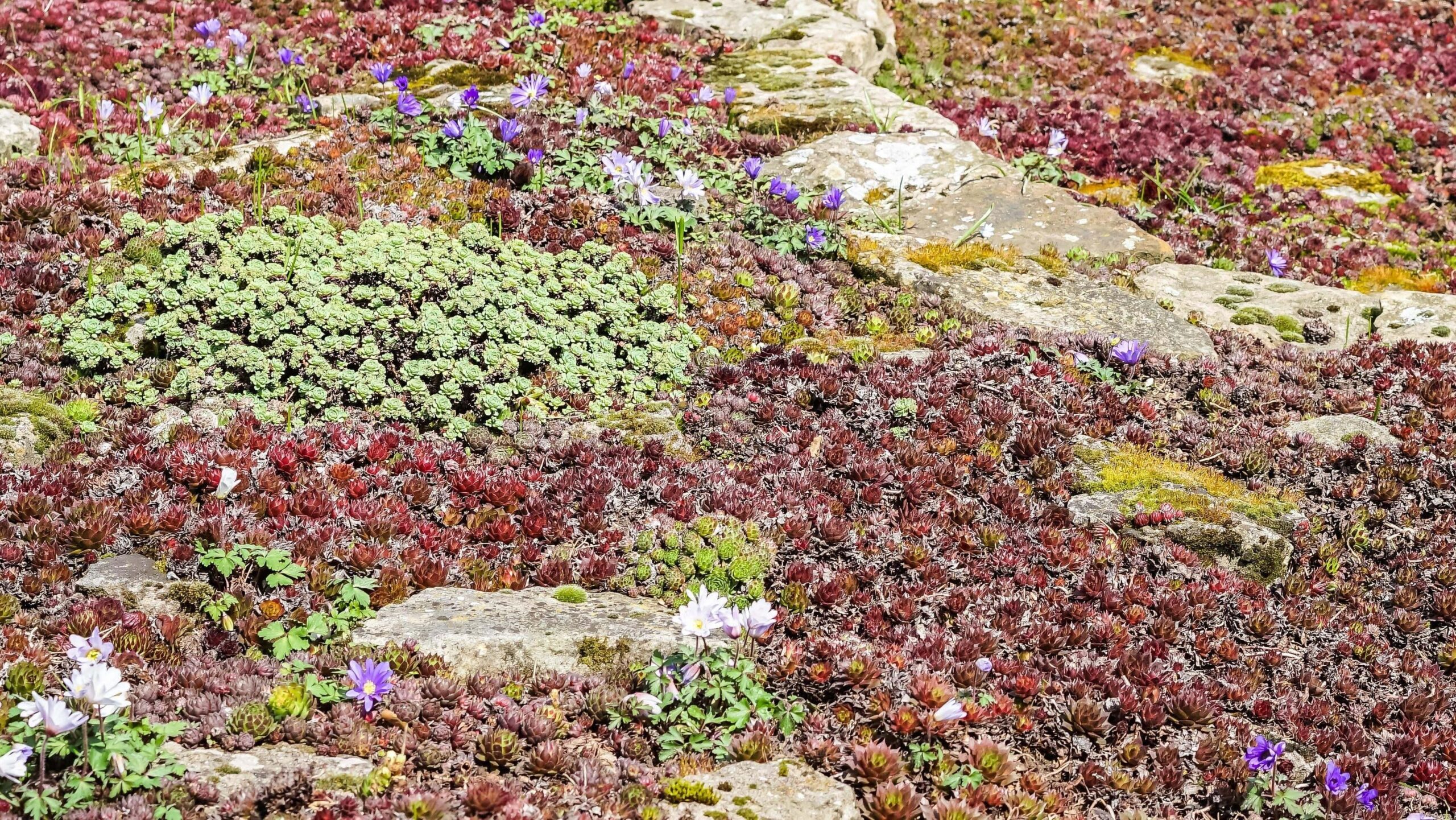In an era where environmental sustainability meets aesthetic appeal, “Tapestry Lawns: The Low-Maintenance, Biodiverse Lawn of Today” emerges as a modern solution for homeowners seeking to balance beauty with ecological responsibility. Gone are the days of uniform green carpets demanding relentless upkeep; enter the tapestry lawn—a vibrant mosaic of grasses, wildflowers, and native plants that thrive with minimal intervention. This innovative landscaping approach not only reduces water and chemical usage but also fosters biodiversity, attracting beneficial insects and providing vital habitats for wildlife. As we delve into the intricacies of tapestry lawns, we’ll explore their benefits, design principles, and the ways in which they can transform our outdoor spaces into thriving ecosystems, all while demanding less from both the gardener and the planet.
The Rise of Tapestry Lawns in Eco-Friendly Landscaping
The concept of tapestry lawns has emerged as a beacon of innovation within the realm of eco-friendly landscaping. Unlike traditional monoculture grass lawns,tapestry lawns incorporate a rich tapestry of different plant species,paving the way for a more vibrant and enduring garden ecosystem. This unique approach not only supports biodiversity but also reduces the environmental impact typically associated with standard lawns. By integrating various ground covers, flowering plants, and even native grasses, homeowners are cultivating landscapes that resonate with nature while being easier to maintain.
One of the main advantages of tapestry lawns is their low-maintenance requirements. By selecting drought-tolerant and low-water species, homeowners can significantly reduce their water consumption. Additionally, these diverse plantings require fewer chemicals and fertilizers, leading to healthier soil and surrounding habitats. The varied root systems help improve soil structure, which can mitigate erosion and promote drainage, making these lawn alternatives not just aesthetically pleasing but also ecologically beneficial.
As awareness of environmental issues grows, the shift towards tapestry lawns is becoming increasingly popular. Many are now recognizing the importance of creating spaces that are not just visually appealing but also contribute positively to the local ecosystem. The combination of native plants,which are adapted to local climates,with ornamental species offers a unique aesthetic that can enhance the natural beauty of any landscape. Consider the following table that summarizes the benefits of tapestry lawns:
| Benefit | Description |
|---|---|
| Biodiversity | Supports diverse plant and animal species, promoting a healthy ecosystem. |
| Water Efficiency | Reduces water usage with drought-tolerant plants. |
| Ecosystem Resilience | Improves soil health,minimizes erosion,and enhances drainage. |
| Low Maintenance | Less need for mowing, fertilizers, and pesticides. |

Designing a Tapestry Lawn: Choosing the Right Plants
Creating a vibrant tapestry lawn begins with selecting the right plants that thrive in your specific climate and soil conditions. This unique blend of species not only enhances visual appeal but also fosters biodiversity and resilience. When choosing plants, consider the following categories:
- Grasses: Opt for hardy varieties like fescue or buffalo grass that provide a lush green carpet while requiring minimal water.
- Wildflowers: Incorporate colorful native wildflowers such as Echinacea or Black-eyed Susans to attract pollinators and add bursts of color throughout the seasons.
- Ground Covers: Use low-growing plants like creeping thyme or clover to fill gaps and decrease weed growth while promoting biodiversity.
When planning your tapestry lawn,consider creating a layered look by combining plants of different heights and textures. Taller plants can serve as a backdrop, while shorter species can fill in the foreground. It’s wise to consult local gardening experts or extension services to ensure that the chosen plants will thrive in your area. A well-thought-out combination might include:
| Plant Type | Suggested Varieties | Benefits |
|---|---|---|
| Grasses | Fescue, Blue Grama | Low maintenance, drought-resistant |
| Wildflowers | Butterfly Weed, Coneflower | Attracts pollinators, adds color |
| Ground Covers | Creeping Thyme, Moss | Reduces weeds, retains soil moisture |
pay attention to the maintenance requirements of your selected plants. Many native species will require less water and fertilizer, making them more sustainable options. Establishing a diverse plant community also promotes healthy soil and reduces the likelihood of pest infestations. Grouping plants with similar care needs can create a harmonious landscape that is both gorgeous and functional.

Maximizing Biodiversity: The Benefits of Mixed Species
Incorporating a variety of plant species into a single lawn landscape can greatly enhance overall biodiversity, leading to a more resilient ecosystem. Diverse lawns are often better equipped to handle pests and diseases, minimizing the need for chemical interventions. By welcoming a range of grasses, flowering plants, and native species, you create a habitat that supports various forms of life, from beneficial insects to small mammals. The intricate web of interactions fosters a natural equilibrium, promoting healthier soil and water retention.
Additionally, mixed-species lawns can be tailored to suit specific environmental conditions and individual preferences. This customization leads to several advantages:
- Increased visual appeal: A tapestry of colors, textures, and forms creates a visually stimulating landscape.
- enhanced drought resistance: Diverse root systems access moisture at different soil depths, ensuring the lawn remains lush in varying weather.
- Improved soil health: Complementary root structures and microbial interactions contribute to nutrient cycling, enriching the soil organically.
The positive implications extend beyond aesthetics and practicality.By cultivating a biodiverse lawn, we contribute to the greater ecological network. Consider the following table that summarizes the benefits of integrating mixed species into your lawn:
| Benefit | Description |
|---|---|
| Wildlife Support | Provides shelter and food for local fauna, promoting biodiversity. |
| Pollinator attraction | Supports bees, butterflies, and other pollinators essential for flowering plants. |
| Reduced Maintenance | Mixed species require less mowing and watering, resulting in lower maintenance efforts. |

Simple Maintenance Tips for Thriving Tapestry lawns
Maintaining a tapestry lawn is not only simple, but it also promotes a robust ecosystem. To keep your lawn thriving, consider the following strategies:
- Regular Mowing: Aim to mow your tapestry lawn roughly every 2-4 weeks, depending on growth rates. Set your mower blades higher to prevent stress on the various grass types and encourage deeper root systems.
- Water Wisely: Implement a deep watering schedule, soaking the lawn about once a week. This encourages stronger, drought-resistant roots. Early morning is the best time to water, minimizing evaporation.
- Fertilize naturally: Use organic fertilizers or compost to enhance soil health. A light application in early spring and late fall typically suffices for nutrient-rich, vibrant growth.
Weeds and pests can pose a threat to the health of your tapestry lawn; however, with proactive measures, you can minimize their impact:
- natural Weed Control: Hand-pulling weeds is effective, but consider mulching around borders with organic materials to suppress weed growth naturally.
- Pest Monitoring: regularly check for signs of pests. Employ beneficial insects, such as ladybugs, to maintain a natural balance without chemical pesticides.
- Thatch Management: Lightly aerating the lawn helps prevent thatch buildup and increases air and nutrient penetration, promoting overall health.
To track the seasonal changes and care needs of your tapestry lawn,keep a simple maintenance log. Here’s a speedy reference table on key tasks throughout the year:
| Season | Tasks |
|---|---|
| spring | Begin mowing, apply organic fertilizer, monitor for weeds. |
| Summer | Water deeply, check for pests, aerate as needed. |
| Fall | Continue mowing,overseed if necessary,apply compost. |
| Winter | Minimal maintenance,consider planning for spring improvements. |
Q&A
Q&A: Tapestry Lawns – The Low-Maintenance, Biodiverse Lawn of Today
Q: What is a Tapestry Lawn?
A: A Tapestry Lawn is an innovative approach to landscaping that embraces biodiversity by combining a variety of grasses, flowering plants, and ground covers to create a vibrant and cohesive green space. Unlike traditional lawns, which rely heavily on a single species of grass, tapestry lawns encourage a symphony of plant life that supports local ecosystems and requires less maintenance.
Q: How does a Tapestry Lawn differ from a traditional lawn?
A: Traditional lawns typically consist of uniform grass types, which can lead to a higher demand for water, fertilizer, and mowing. In contrast, Tapestry Lawns are composed of various plant species that are better adapted to local conditions, resulting in reduced maintenance needs and a more resilient landscape that can flourish with less human intervention.
Q: What are the benefits of having a Tapestry Lawn?
A: Tapestry Lawns offer numerous benefits, including:
- Biodiversity: By incorporating different plant species, these lawns support a wider array of pollinators and wildlife.
- Water Conservation: Diverse plantings often require less water, as various species have different moisture needs and abilities to thrive in varying conditions.
- Soil Health: A mix of plants improves soil structure and nutrient cycling, promoting healthier ecosystems underneath the surface.
- Reduced Maintenance: Tapestry Lawns often need less mowing,fertilization,and pest control compared to traditional lawns.
- Aesthetic Appeal: With their variety of colors, textures, and seasonal blooms, Tapestry Lawns create a more visually engaging landscape.
Q: Are Tapestry Lawns suitable for all climates?
A: Yes! Tapestry lawns can be tailored to suit various climates and soil conditions. By selecting native or climate-adapted species, homeowners can create a beautiful, sustainable lawn that thrives in their particular habitat. It’s all about choosing the right plants that can withstand local weather patterns while contributing to the landscape’s resilience.
Q: How can someone get started with creating their own Tapestry Lawn?
A: To begin your journey into Tapestry Lawns:
- Assess Your Space: Consider the sunlight, soil type, and moisture levels in your yard.
- Choose Your Plants: Research and select a variety of native or adapted species that will flourish in your conditions.
- Prepare the Soil: Clear the area of existing grass and weeds to give your new plants the best chance to establish.
- plant Diversity: Mix grasses, wildflowers, and low-growing ground covers according to your design plans.
- Maintain Less: Water and care for your new lawn initially, but over time, let nature take its course, embracing the diverse tapestry you’ve created.
Q: Can Tapestry Lawns be created in urban settings?
A: Absolutely! Tapestry Lawns are perfect for urban settings where space may be limited. By incorporating a range of plant species in smaller areas—like balcony gardens, community spaces, or residential yards—urban dwellers can contribute to biodiversity and green living. These lawns can transform concrete jungles into vibrant patches of life, enhancing both aesthetics and environmental health.
Q: What should people keep in mind about maintaining a Tapestry Lawn?
A: Maintenance for Tapestry Lawns is generally lower than for traditional lawns,but it’s still essential to monitor their health. Regularly check for invasive species, ensure good drainage, and allow for natural growth patterns. Embracing a “messy” aesthetic can also promote biodiversity—after all,nature thrives on variety and imperfection!
Embrace the future of landscaping with tapestry lawns,where beauty and biodiversity come together in an eco-friendly embrace. Happy planting!
Final Thoughts
In a world increasingly aware of the environmental impacts of our choices, tapestry lawns emerge as a refreshing alternative to the traditional grass expanse. Embracing biodiversity, these vibrant landscapes not only enhance the visual appeal of our outdoor spaces but also contribute to the health of our ecosystems. By choosing tapestry lawns, we are making a conscious decision to support native plants, attract pollinators, and reduce water and chemical usage—all while enjoying a unique and dynamic aesthetic.
As we step forward into an era where sustainability intersects with creativity, tapestry lawns invite us to reimagine our relationship with nature and redefine the very notion of a lawn. With each patchwork of color and texture,we can cultivate our commitment to a greener future while enjoying the beauty of a low-maintenance landscape. So, as you consider your own outdoor sanctuary, perhaps it’s time to embrace the tapestry—a living testament to the harmony that can exist between gardening and the environment. The lawn of today is not just about grass; it’s about the stories we weave together, one plant at a time.
